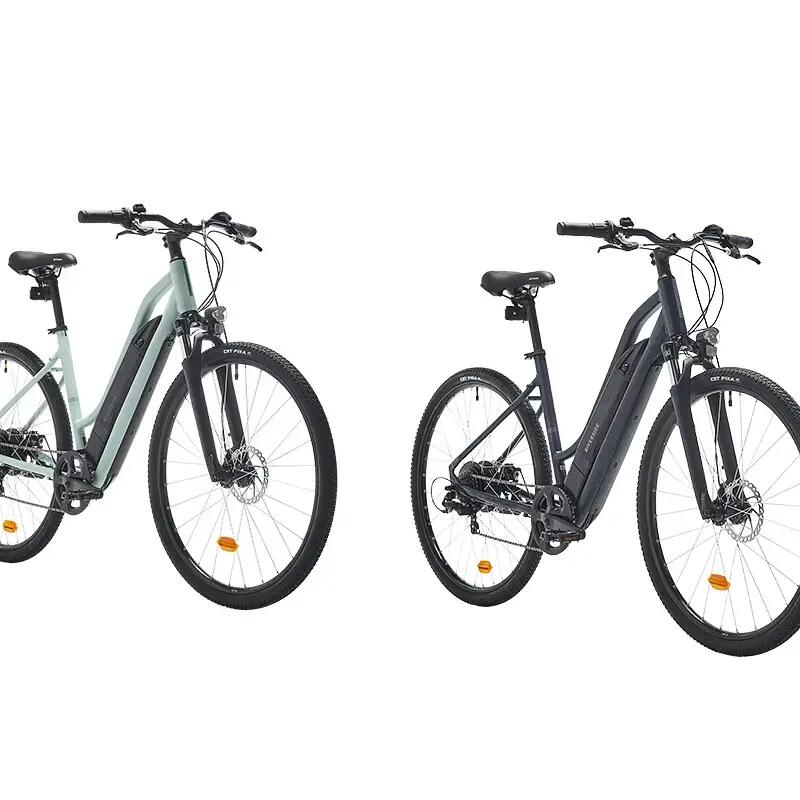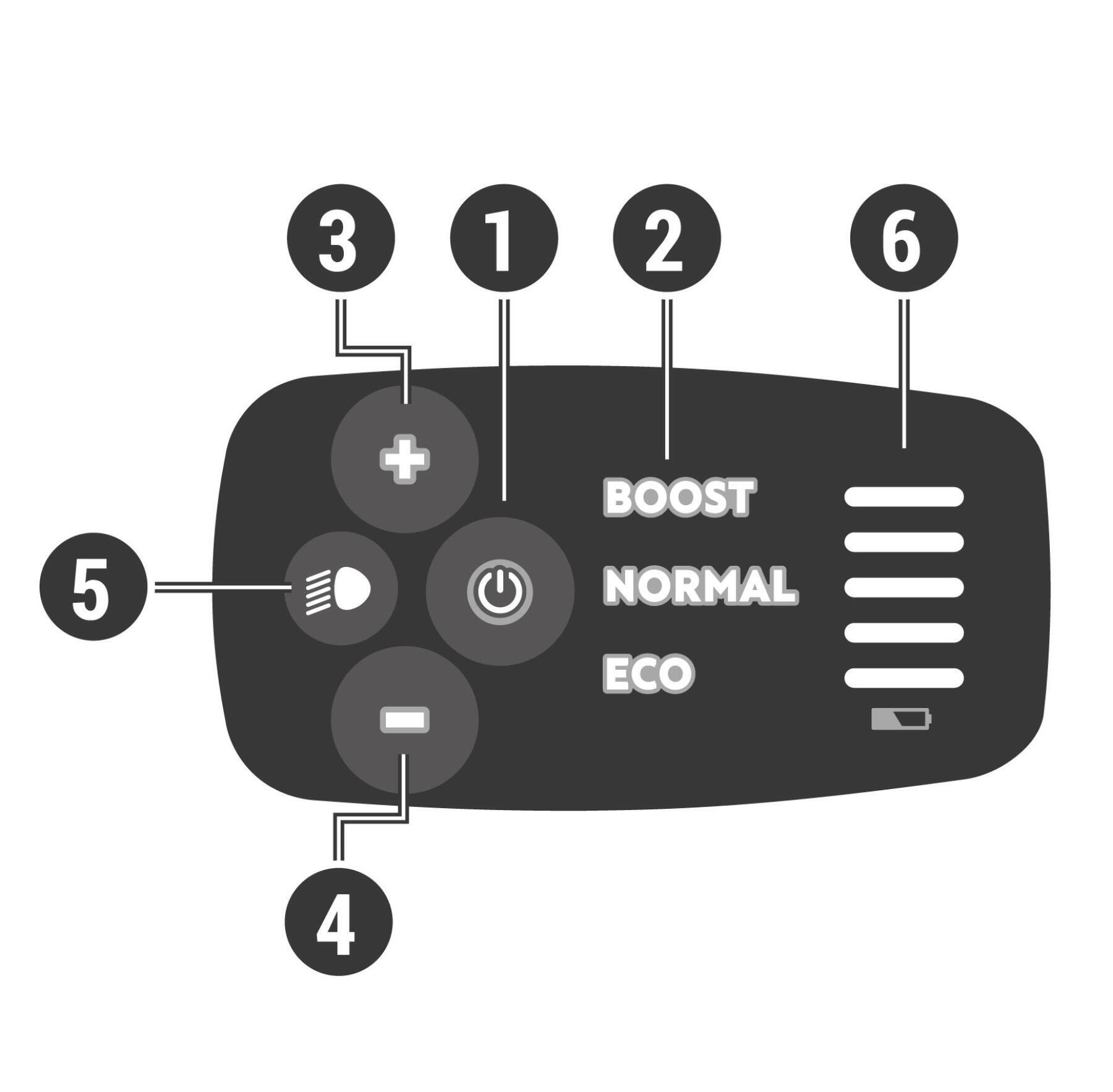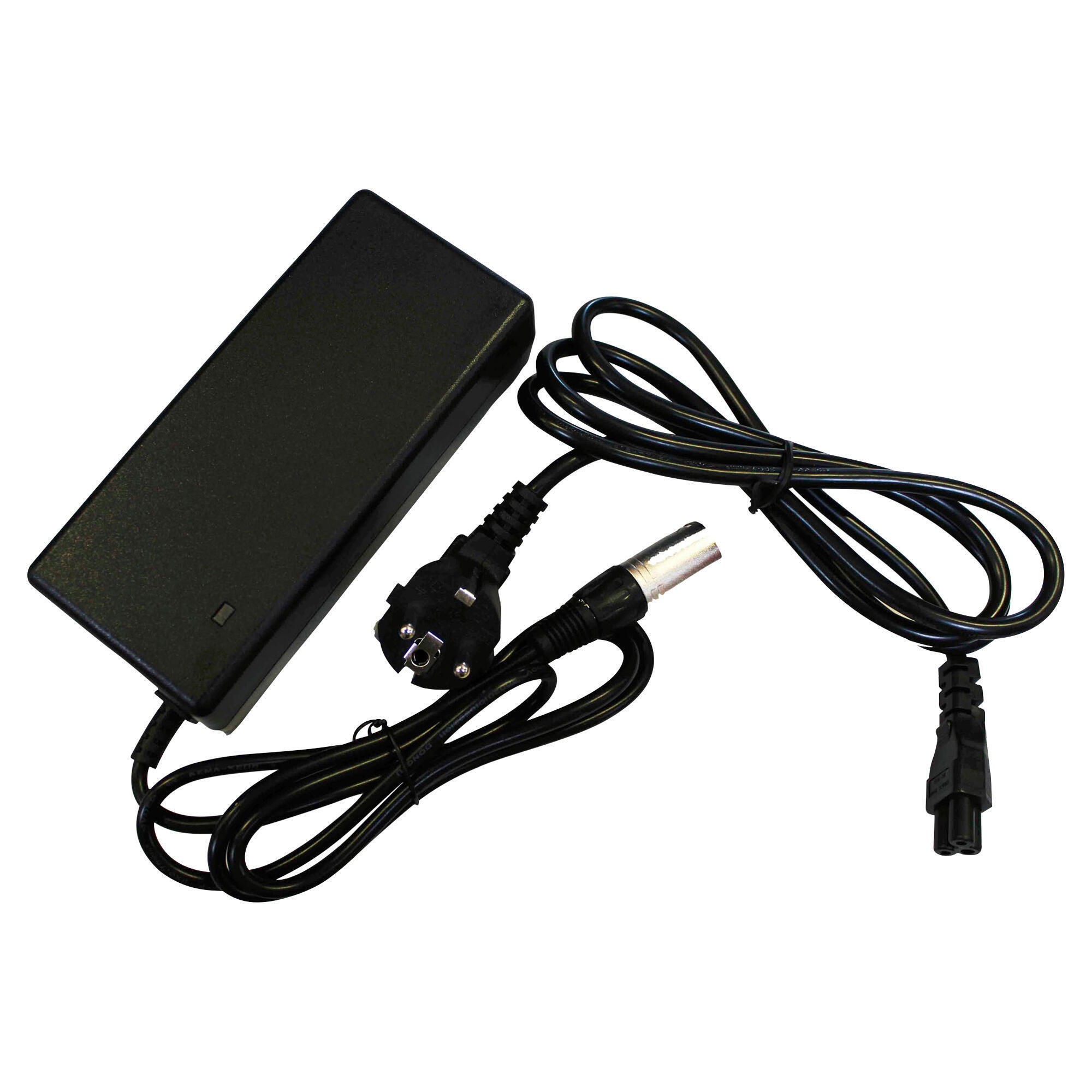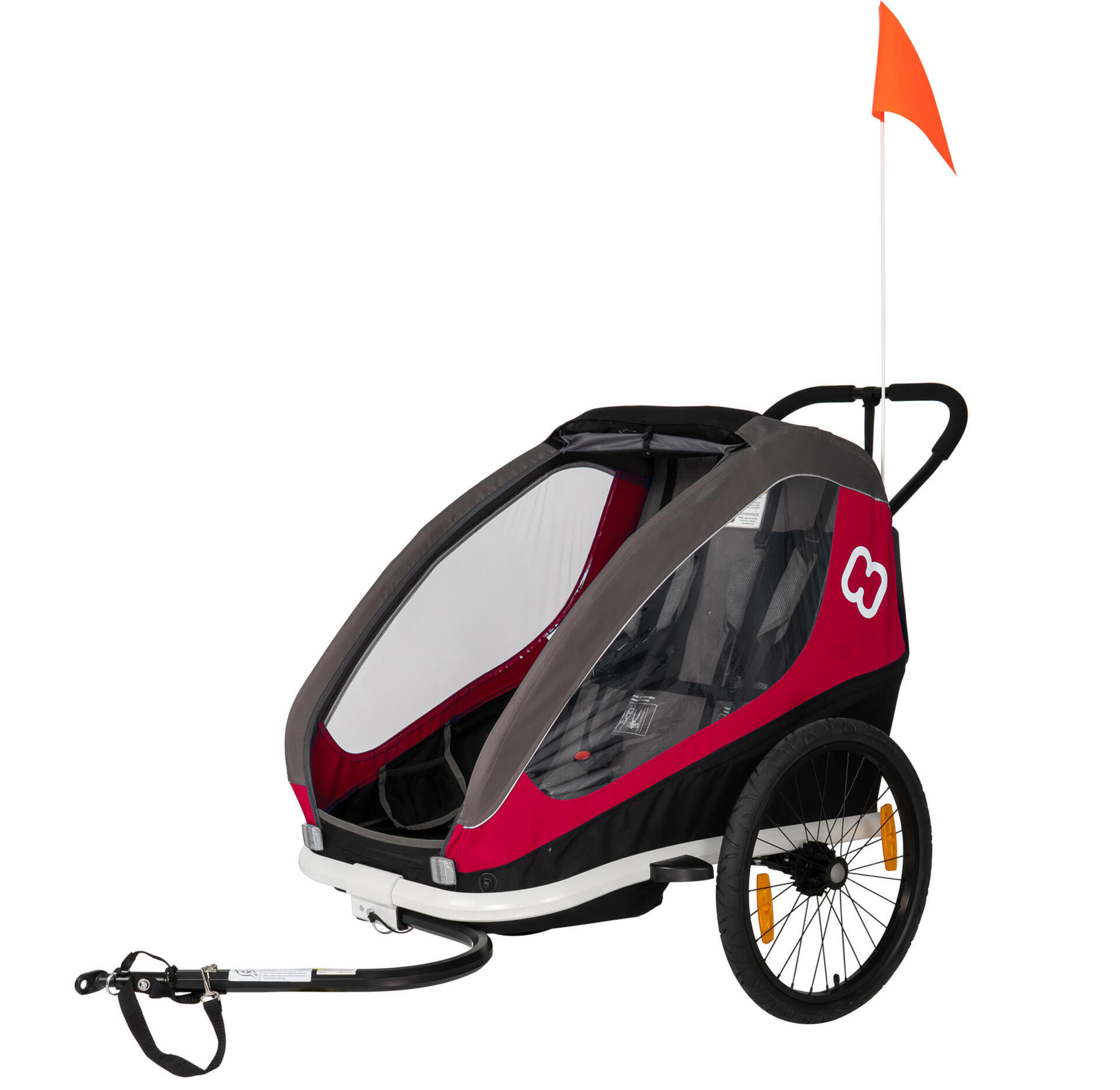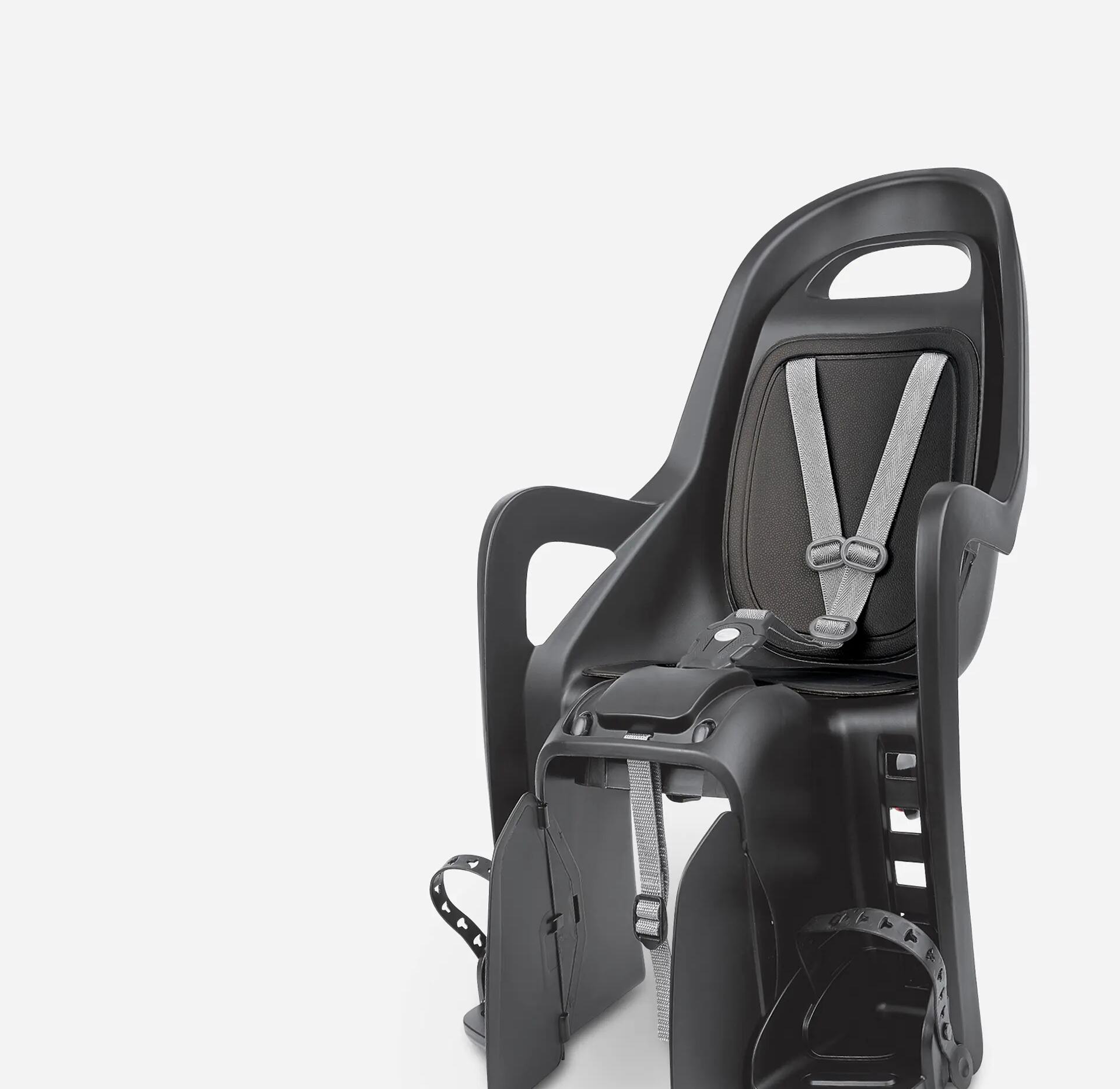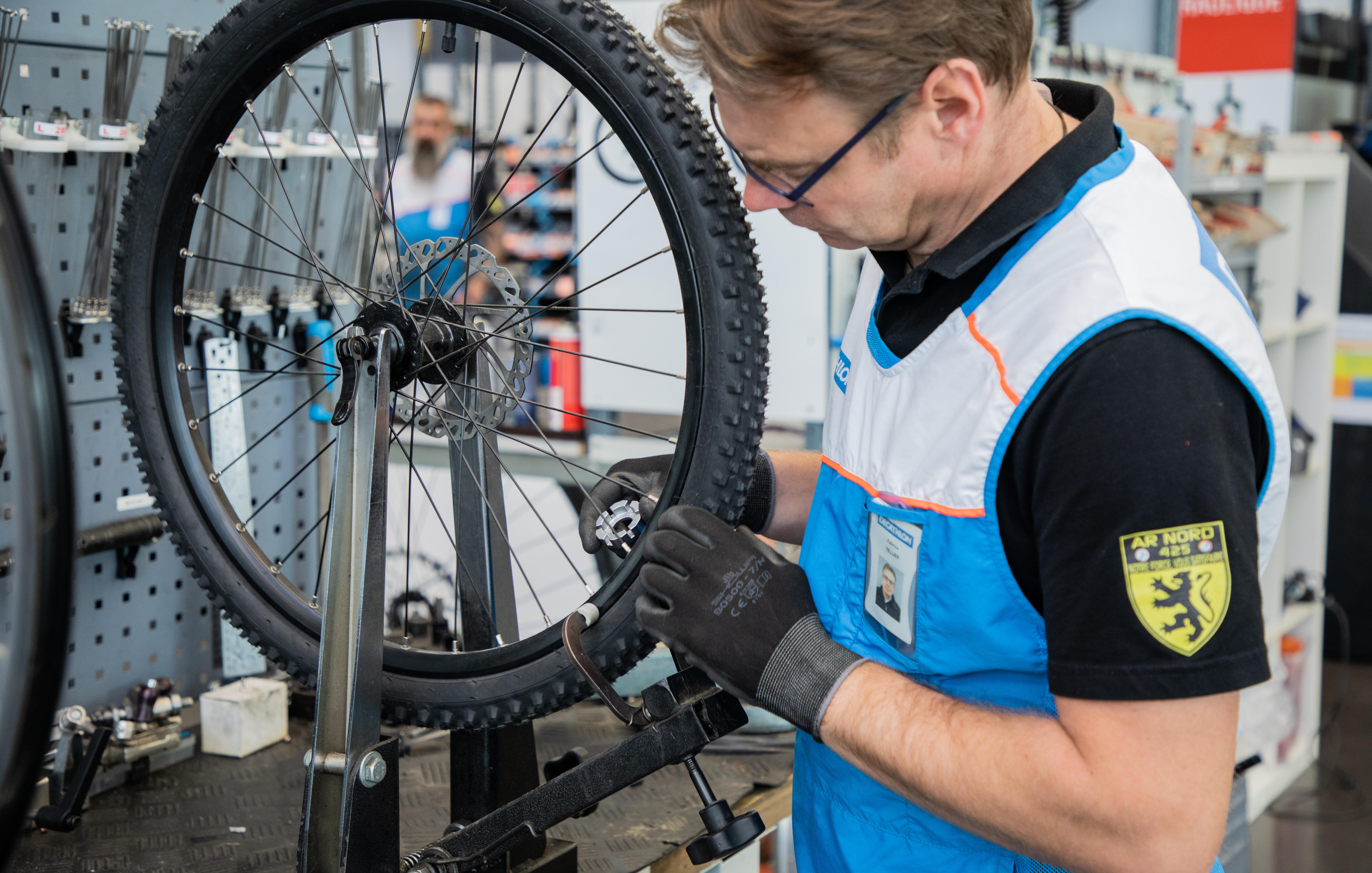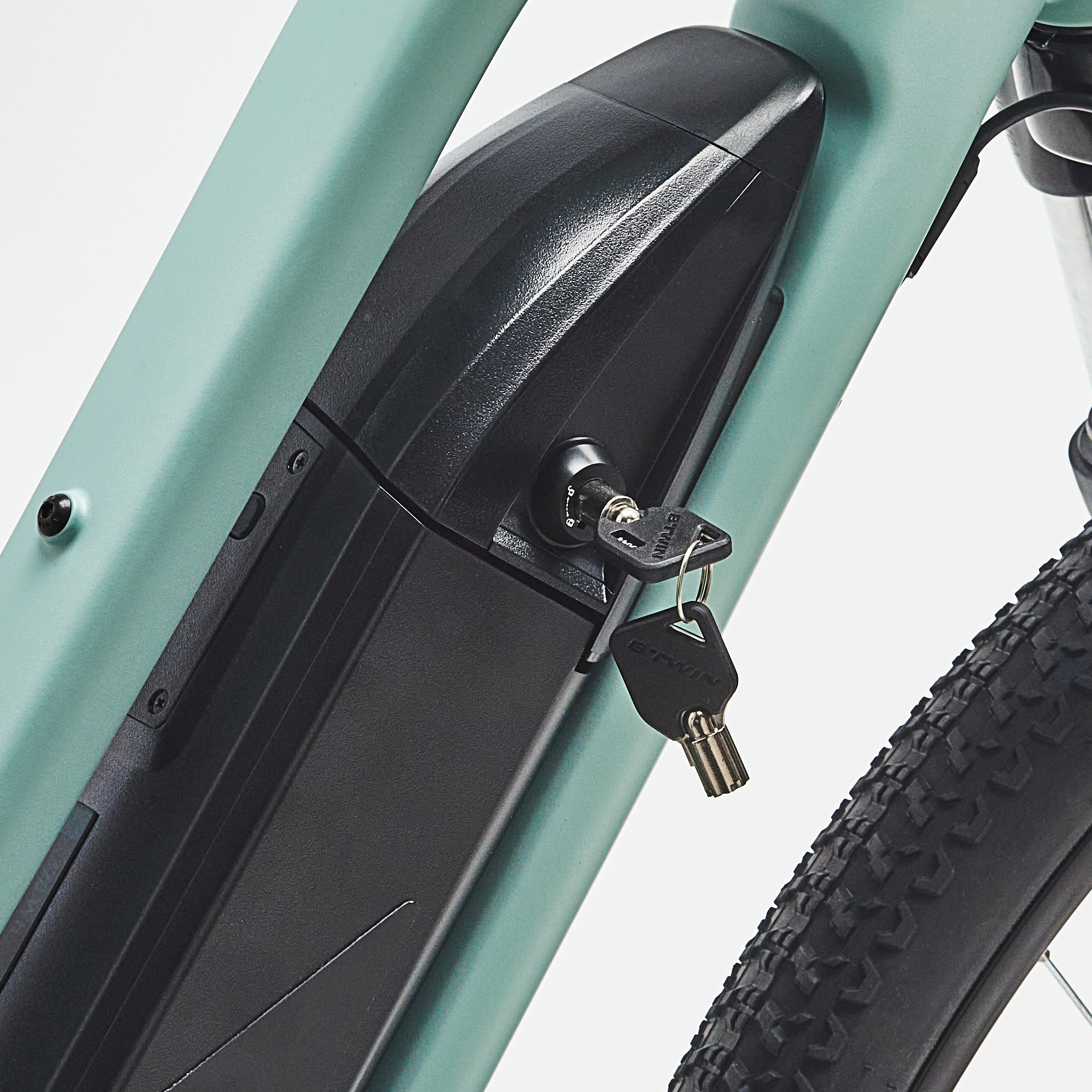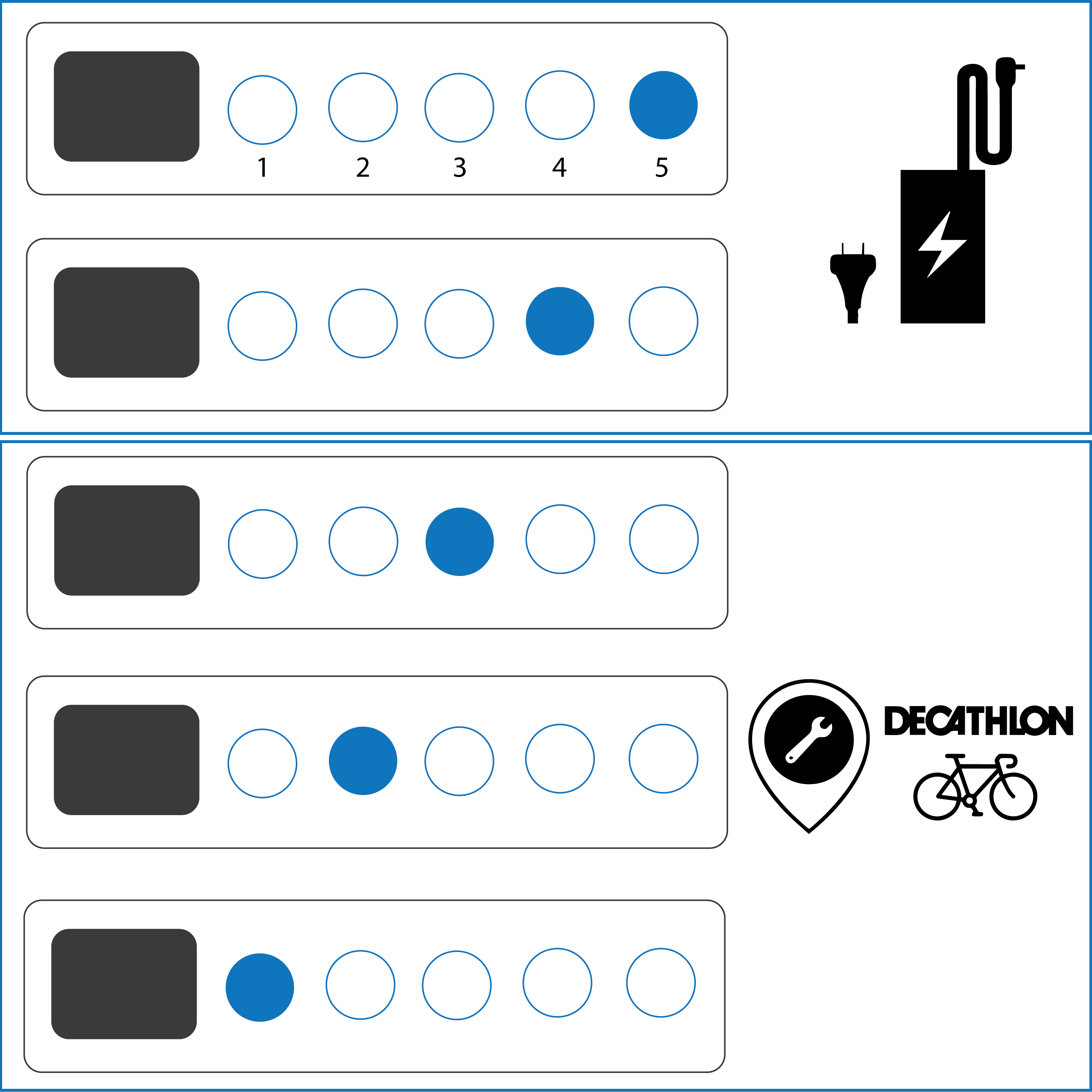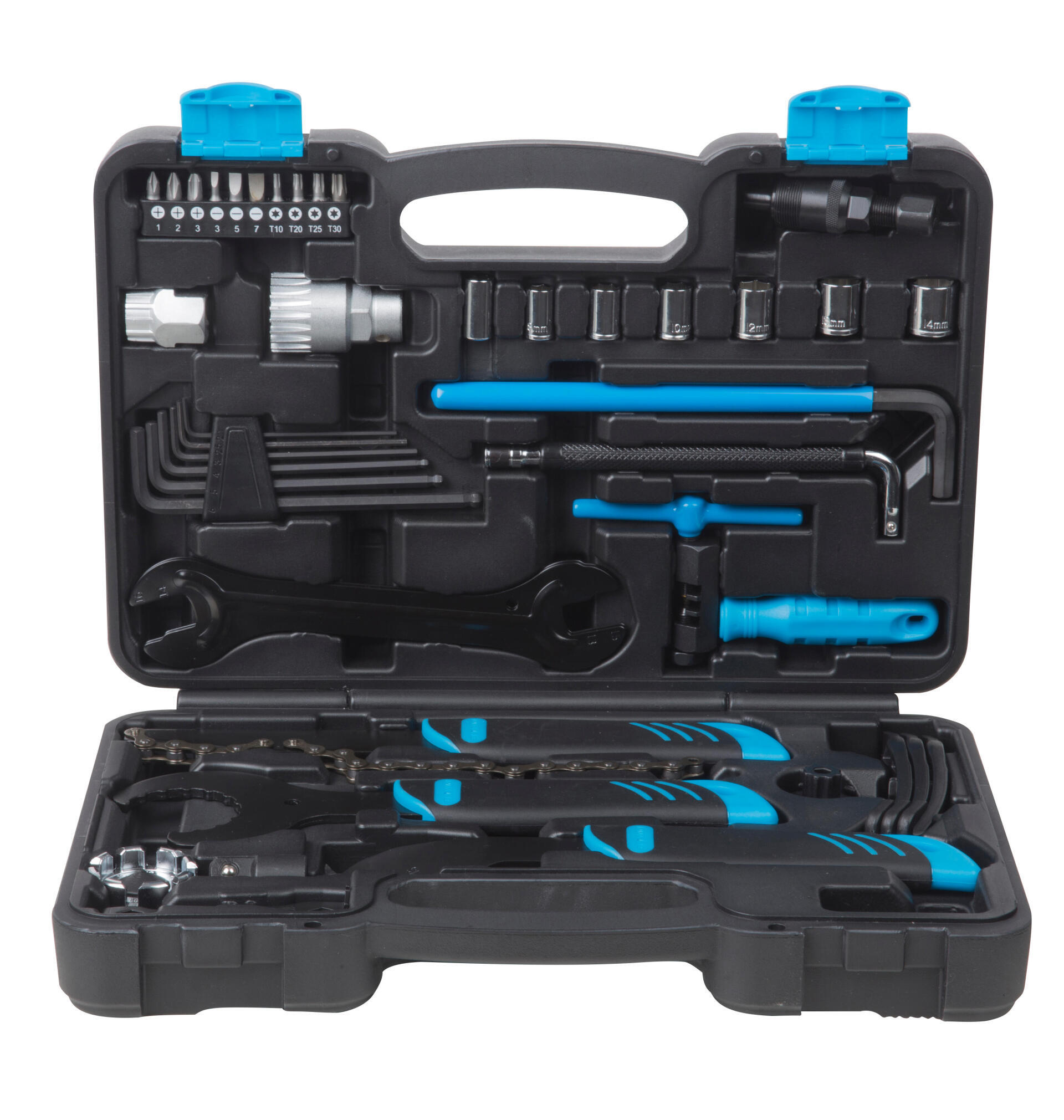First use
1 - "ON/OFF" BUTTON
- Short press: Change display (ODO, TRIP, TripToGo)
- Long press: Turn the screen on or off
2 - "Assistance mode" button
- "ECO" mode is the default assistance mode when you turn the screen on.
- Changing the mode changes the amount of power from the motor
3 - "+" button
- Short press: Switch to the next assistance mode up (3 being the highest)
- Long press (and hold): Use "walk mode"
4 - "-" button
- Short press: Decrease the assistance mode
- Long press (5 seconds): Reset the partial distance counter (TRIP)
5 - "Light" button
Turn the screen's backlight on or off
6 - "Battery level"
There are 5 battery levels. When the battery is too low, the indicator will flash red.
